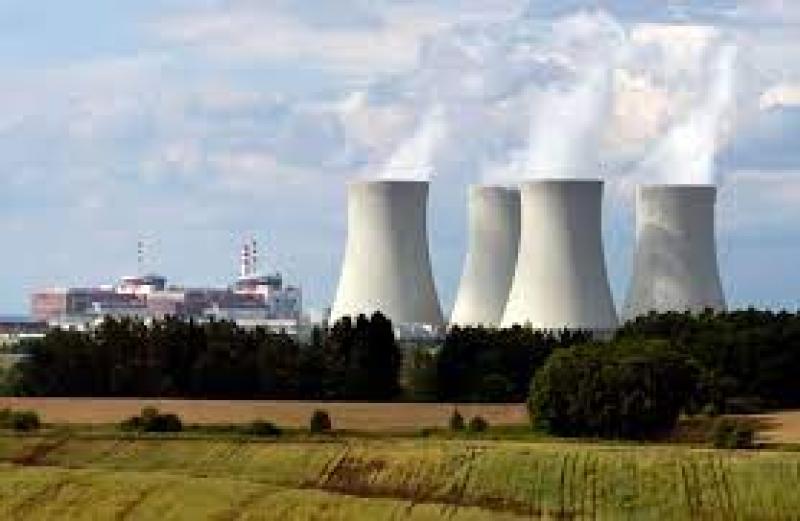South Korea has shut two nuclear reactors due to an influx of marine organisms just two weeks after restarting them after an earlier influx, company officials said April 8, adding to the country's potential LNG demand for power generation as the government reiterates its commitment to reducing coal-fired power generation.

The Hanul-1 and –2 reactors, both with a capacity of 950 MW, were shut April 6 after an influx of marine organisms disrupted water pump operations, said an official at state-owned nuclear power operator Korea Hydro & Nuclear Power, or KHNP.
The same two reactors were shut for nine days in March due to an earlier influx.
KHNP officials could not say when the units would restart because the timing hinges on receiving approval from the country's nuclear regulator, the Nuclear Safety and Security Commission.
However, given the timeframe of the shutdown in March, the two reactors are expected to remain closed for at least a week.
The Hanul nuclear complex, which has six reactors with a combined capacity of 5.9 GW on the country's east coast, has had influxes of marine organisms prompt reactor shutdowns nine times since 1996, but prior to March, the last incident was in 2006.
"There were no reactor shutdowns for marine organism influxes for the past 15 years. We are currently investigating why such influxes are happening again," the KHNP official said.
KHNP has also extended maintenance by four to five months until July or August at the Hanbit-4 and –5 reactors, each with a capacity of 1 GW on the country's west coast, to repair voids in concrete containment walls and corrosion on containment liner plates, which could also boost South Korea's LNG demand for power generation.
A total of seven reactors with a combined capacity of 6.85 GW are currently offline, equating to 29.5% of South Korea's overall capacity of 23.25 GW across 24 nuclear reactors. This is up from five reactors with a combined capacity of 4.95 GW that were offline over January-March.
Coal plant closure pledge
In another potential boost for LNG demand, South Korea's government has reaffirmed its pledge to permanently close aging coal-fired power plants, denying a recent media report that it may seek to extend their licenses to avoid any possible power shortage.
Under a long-term power supply plan, South Korea will permanently close 30 aging coal-fired power plants, half of its current 60 such plants, by 2034. This will reduce the country's coal-fired power generation capacity to 29 GW in 2034 from 38.3 GW in 2022.
At the same time, South Korea plans to increase LNG-based power plant capacity to 59.1GW in 2034 from 41.3 GW in 2021.
"The government will close down aging coal-fired power plants or convert them into LNG-fired ones, while reducing operations of the other coal-fired power plants so as to cut down coal consumption for electricity production," an official at the Ministry of Trade, Industry and Energy said April 8.
The country "will be ready to raise operating rates of natural gas-fired power plants to avoid any electricity supply disruptions, which can boost the country's LNG demand," the ministry official said.
South Korea shut between 9 and 28 coal-fired power plants between Dec. 1 and March 31 to reduce air pollution in winter, which increased the country's LNG demand for power generation.
Currently 58 coal-fired power plants are operational after the two oldest plants were retired in December 2020.
Coal-fired power plants and nuclear reactors owned by state utilities typically operate at full capacity in South Korea as baseload generators due to lower costs, but increasing demand for power has spurred the greater use of plants fired by more expensive natural gas.